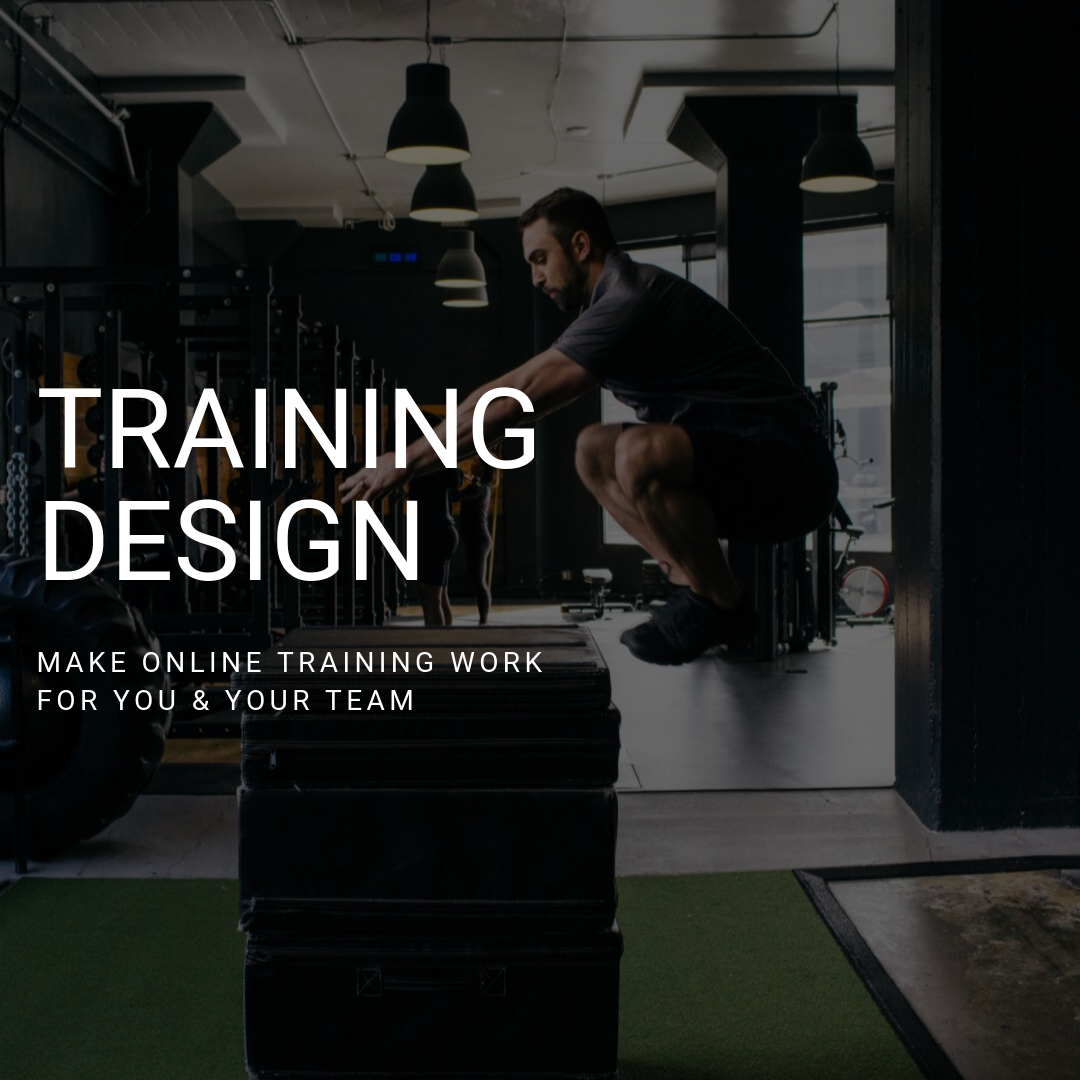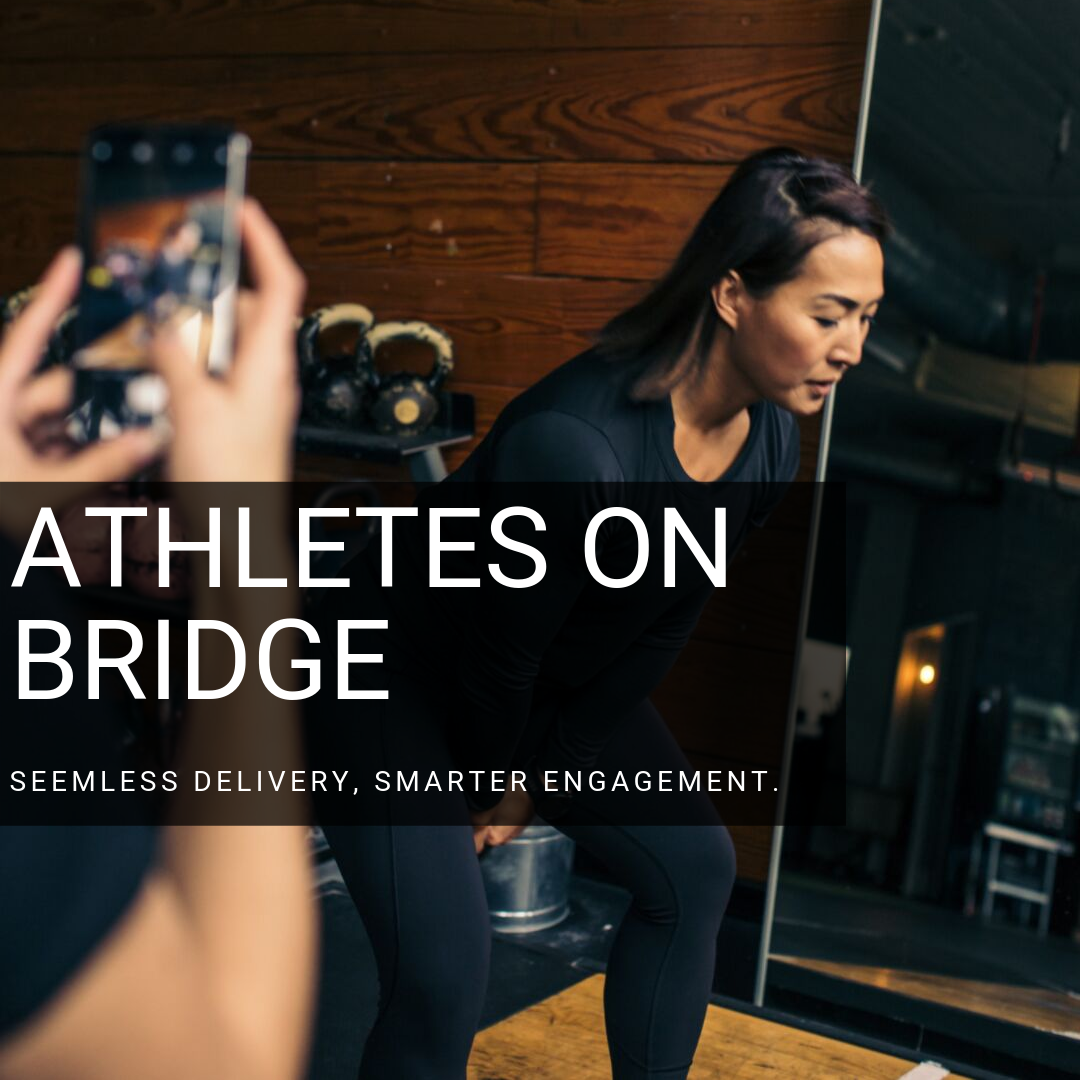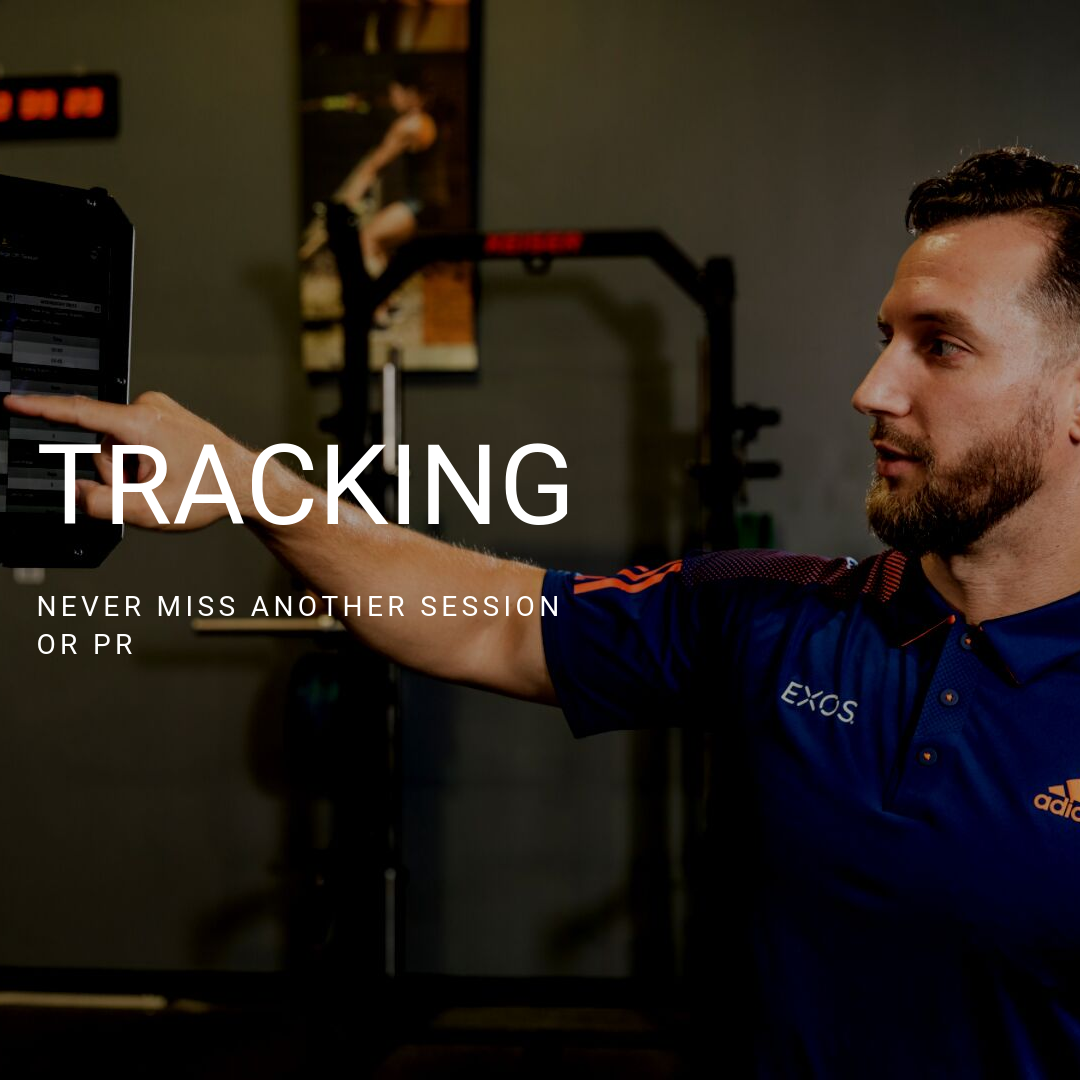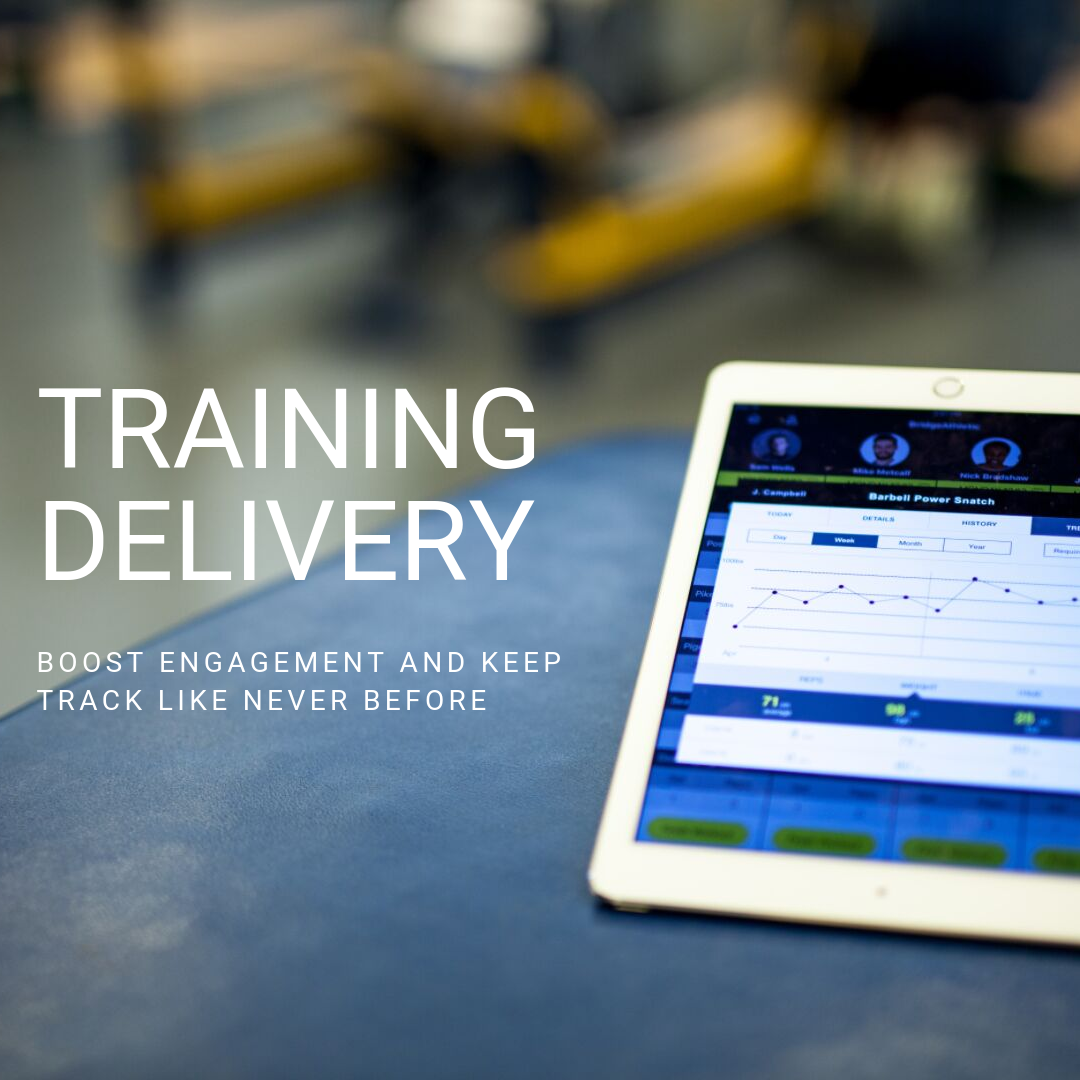Preparing for the NCAA 2019-2020 Guidelines
The NCAA guidelines are changing the way you communicate and track athletes. Want to ensure you’re taking the right approach to stay compliant? Here’s a breakdown of what the rules are, how to prepare your team and ways to ensure your technology is supporting your work.
BACKGROUND
There have been 487 all-cause catastrophic injuries or illnesses. Of these, 297 (65%) were traumatic events and 190 (35%) were non-traumatic events.
In 2016-2017, the last year for which data across all collegiate sports is available, 19 catastrophic events occurred, five of which were fatal.
After adjusting for the total number of participating athletes, football is joined by male gymnastics, female skiing, male ice hockey and female gymnastics for the highest rates of traumatic catastrophic injury.
While rule changes have had the power to mitigate injury, the policy and procedures to prevent traumatic catastrophic injury have not kept pace with the level of training. Rates of training related deaths in high school and college athlete deaths are currently at their highest point.
In 2003, the NCAA implemented pre-season acclimatization legislation for football requiring any strength and conditioning coach who conducts voluntary off-season weight-training or conditioning activities to be certified in first aid and cardiopulmonary resuscitation. In addition, S&C coaches should be accompanied by a member of the sports medicine staff who has unchallengeable authority to cancel or modify the workout for health and safety reasons.
As of 2016, all three NCAA divisions have legislation that requires strength and conditioning professionals to have a certification from either a nationally recognized strength and conditioning certification program, or from an accredited strength and conditioning certification program, like the NSCA, CSCCa, and NASM.
WHAT THE RULES SAY
Best practices for preventing catastrophic injury in college sport are organized into 6 key areas that are informed by and reflect the 18 consensus foundational statements identified above.
Sportsmanship
We must never take for granted the value of sportsmanship in sport playing rules. These recommendations reject any intentional effort by an athlete to use their body, uniform or equipment as a weapon to injure another. The new NCAA guidelines seek to improve violations towards athletes who inflict intentional harm include:
- Immediate ejection from competition
- The value and consistent use of video replay after the competition to verify missed calls
- The discipline of officials who fail to call such infractions
- In helmet sports, rules developed to prohibit and penalize the initiation of contact with the head/helmet
Protective Equipment
The legality of equipment is dependent on compliance, certification or both with existing standards. These new regulations call all member schools to “establish policy to assure annual certifications, recertification and compliance, as appropriate, with all protective equipment standards.”
Acclimatization & Conditioning
Many non-traumatic deaths take place during the first week of activity of a transition period in training. The new guidelines call on coaches to recognize a control for these vulnerabilities and to ensure proper protocols to heat acclimatization are mandated.
While the period between February and July are typically not considered to be transition times, from 2000 - 2017, they became the deadlines months of winter and summer training in college football.
It takes 7-10 days for the body to acclimatize to physiologic and environmental stressors at the start of a conditioning or practice period.
The regulations call for a minimum expectation for all S&C sessions to be:
- Evidence - or consensus - based
- Sport-specific
- Intentionally administered
- Appropriately monitored, irrespective of the phase of training
- Not punitive in nature
These new regulations call for anyone responsible for the planning and/or implementation of training and conditioning to follow these guidelines:
- Sessions should be introduced intentionally, gradually and progressively
- Lack of progression and specificity in: volume, intensity, mode and training program duration during transition periods are cited as primary factors in non-traumatic fatalities.
- During transitions, athletes should be instructed not to participate in additional volunteer training sessions.
- Individual Transitions:
- Athletes new to the program
- Returning after injury/ illness
- Any delayed participation relative to the team schedule
- Workouts should all be exercise-science based and representative of the sport’s demands. Conditioning should begin with work-to-rest ratios appropriate to the goals of the program.
- Be especially careful during the first 4 days of transition periods, where injury is most prone.
- The guidelines suggest holding only 1 session / day for the first few transition days.
- Consider these things when phasing back to work:
- Days/week
- Body part
- Activity/exercise
- Sets/reps/distance
- Load (% 1RM)
- Work-rest ratio
- Modifications (position, individual, return from injury, environment)
- Be documented
- Be approved by a credentialed S&C pro, or by head coach
- Address volume, intensity, mode and duration
- Assure the location of the training session is identified in the plan to accommodate venue-specific emergency action planning
- Be reproducible and shared with primary athletic health care providers.
- Be modified for hazardous environmental conditions, scheduling, etc.
- All sessions should:
- Departments should develop a disciplinary system and apply it to S&C professionals and sport coaches who fail to comply with these recommendations.
Emergency Action Planning
- As noted in the previous section, all training and conditioning areas must be in compliance with the emergency action plan. The new guidelines recommend a plan be developed to address the following:
- Head and neck injury
- Cardiac arrest
- Heat illness and heat stroke
- Exertional rhabdomyolysis
- Exertional collapse associated with sickle cell trait
- Any exertional or nonexertional collapse
- Asthma
- Diabetic emergency
- Mental health emergency
- For events where concussion is likely, the plan should include action for:
- Concussions
- Moderate or severe traumatic brain injury
- Cervical spine injuries
- This section goes on to describe special conditions related to:
- Cardiac emergencies
- Exertional heat illness emergencies
Responsibilities of Athletics Personnel
- This section of the report proceeds to review the credentials and code of conduct expected of strength and conditioning professionals and sport coaches.
- In instances where a full-time S&C certified professional is not available to a team(s), the sport coach can provide s&c services to all collegiate athletes. However, this training only pertains to in-season workouts.
- Only S&C professionals with nationally recognized certifications can conduct voluntary workouts in the off-season, and then only during the regular academic year and only if the voluntary workouts are being conducted for all collegiate athletes.
- The regulations recommend hiring professions who:
- Has credentials that reflect the competencies to deliver s&c services to collegiate athletes and teams
- Have credentials conferred by a nationally accredited institution
- Complies with recommended continued educational requirements
- Has a certification in CPR and AED
- Has a baccalaureate degree or higher in a related field of S&C
- Lastly, the guidelines recommend S&C professionals should report to the sports medicine or sport performance liens of the institution.
Education & Training
Finally, the guidelines call for all institutions to implement continued training and education for practitioners and providers. Recommended trainings include:
- Emergency action plan preparedness
- Environmental monitoring
- Head and neck injuries
- Cardiac Arrest
- Heat illness and heatstroke
- Exertional Rhabdomyolysis
- Exertional collapse associated with sickle cell trait
- Any exertional or nonexertional collapse
- Asthma
- Diabetic emergency
- Mental health emergency
- Proper training principles/ principles of periodization
PREPARE YOUR TEAM
#1 Make a Plan
Communicate each of these 6 recommended guidelines with each member of your team. Discuss any shortcoming or foreseen barriers and create a plan to execute on these new guidelines. Here’s what that simple 3 week launch plan might look like:
- Week 1: Share and iterate on your methodology
- Map out your intentions early, then hold a meeting with other staff members to see how you might collaborate on training protocols.
- Clearly identify your ‘transition periods’ based on these standards.
- Create a group for your returners and another for your new recruits
- Put a calendar reminder on your calendar to update sport coaches on progress once a month. This will help open up any closed channels and help you track your own goals, objectives and success.
- Week 2: Make the time for every stakeholder
- Hold ‘office hours’ for colleagues or athletes.
- Create a Q/A forum for all staff members to collaborate and share concerns
- Share your planning with sport coaches, ATs, and other relevant stakeholders
- Week 3: Athlete rollout
- Have a team meeting about tracking compliance and your intentions for the upcoming season.
- Be ready to describe the guidelines and how you plan to comply with them in the interest of every team member.
- Describe the intricacies of the transition period and stress the value of recovery.
- You’re likely doing this already, but do you and your athletes have a clear depiction of how the 23 hours you’re not with them impact that 1 hour that you are?
- Shameless plug: Bridge lets you customize these daily logs to maximize the impact that matters most to your team.
- What does your daily, weekly, monthly and program-level tracking look like? How are you communicating this work to all relevant stakeholders (including athletes)?
- If it’s taking you too much time to calculate these 3 variables, consider a professional coaching platform like BridgeAthletic. Bridge will let you create programs and will automatically track load, volume and intensity across days, weeks, months and years for both individual athletes and teams.
- Tip: Look back at last year’s work and see if you can calculate these 3 factors (if you don’t have them already). Show this work to your colleagues and consider with sport coaches, AT, etc. how the work they do with your athletes might impact these stats.
- Shameless plug: The PowerUP monthly newsletter is a great way to stay on top of trending research & upcoming certifications for you and your team.
# 2 Communicate Effectively
- This recent research found that coaches who clearly define goals, objectives and proper instruction are much more likely to be considered a strong ‘leader’ both by colleagues and athletes.
- Want more on positive coaching methods? Check out Dr. Brian Gearity’s work here.
# 3 Track What You Can. Prepare for What you Can’t.
- Track Daily Wellness
2. Track Volume, Intensity and Load
- What does your daily, weekly, monthly and program-level tracking look like? How are you communicating this work to all relevant stakeholders (including athletes)?
- If it’s taking you too much time to calculate these 3 variables, consider a professional coaching platform like BridgeAthletic. Bridge will let you create programs and will automatically track load, volume and intensity across days, weeks, months and years for both individual athletes and teams.
- Tip: Look back at last year’s work and see if you can calculate these 3 factors (if you don’t have them already). Show this work to your colleagues and consider with sport coaches, AT, etc. how the work they do with your athletes might impact these stats.
# 4 Stay Up to Date
Keep up to date on certifications and other educational resources in your area.
- Shameless plug: The PowerUP monthly newsletter is a great way to stay on top of trending research & upcoming certifications for you and your team.
Be Confident in Your Tools
By now we’re likely a broken record, but at the risk of losing you completely, I’ll say it one more time: technology is only helpful if it saves you time AND gives you the insights you need to improve your workflows while progressing your athletes. That said (again - sorry), here are the key features you should look for when evaluating new coaching software:
- A Flexible Program Builder
- An Intuitive Athlete Experience
- Relevant Tracking Features
- NCAA Compliant Additions
- Intuitive Assignment
- Strong Communication Tools
#1 A Flexible Program Builder
You should be able to create your same programs in a software. Moreover, you should also be able to more strategically design training based on your athlete’s individual needs.
There’s a lot to these new guidelines, one of the primary findings is the importance of a structured, periodized and personal program. This is the greatest chance to mitigate injury and risk. Here’s a few key features driving those results from Bridge:
- Load Progression View
- Template Block Progressions
- Proprietary % Difficulty and standard %1RM weight parameters
- Individual editing functionality for team-training
#2 An Intuitive Athlete Experience
If you’re investing in technology to better engage, track and progress athletes than you best be certain they’ll actually enjoy the experience of using these new tools! After all, we all remember our stubborn college years… right?
An intuitive athlete experience means:
- Easy-to-download, descriptive features
- Multi-brand accessibility (iOS & Android are a must)
- Real-time video recording and messaging
- Step-by-step video and image cues to support movement instruction
- Automatic exercise instruction that takes athletes seamlessly through their training, with limited clicks.
- Direct contact to app support team
- Access to all historical data to help encourage and instruct
#3 Relevant Tracking Features
Sometimes too many metrics do more harm than good. We’re a team that thrives on goal-specific KPI’s, so believe me, I get it. It can be tremendously hard to weed your way through all the noise.
These guidelines recommend having a clear understanding for how your training impacts athletes recovery and performance. They make specific recommendations around ‘transition phases’ as a point where most injuries occur. Thus, they point to 3 key indicators to help mitigate for these circumstances:
- Load
- Volume
- Intensity
Furthermore, tracking athlete recovery and readiness to train throughout your phase can help you progress them more effectively, with more certainly than without having these stats on hand.
So look for a coaching software that
- Clearly helps you define load, volume and intensities over a day, week, month and across your program.
- Allows you to customize readiness to train and recovery
- Helps you filter through exercises and lets you create custom reports to compare:
- Athletes
- Sessions
- Leaders
- Tests
- Movement progress
- Bodyweight ratio
#4 NCAA Compliance
Many institutions restrict your ability to track athletes prior to in-season work. Look for tools that allow you to legally deliver training, without tracking features enabled. This way, you’ll be able to give your athletes training protocols to help them prepare for the season ahead, all while you remain compliant to the NCAA regulations.
Check out how BridgeAthletic is complying with NCAA tracking standards.
#5 Intuitive Assignment
Assigning sport-specific, periodized, individualized programs to every athlete across your institution can be more overwhelming than we even like to think about… and we thought our jobs were tough…
Look for tools that will:
- Help you deliver training to a group of athletes while creating individual protocols and training prescriptions
- Gives you the ability to edit that team training for athlete-specific work. Meaning, if I’m crushed from hitting a PR yesterday, you should be able to throw me only a ‘recovery day’ today, while my fellow teammates proceed with the intended workout.
- Let you deliver training plans independent of a structured schedule. This can be of particular interest to your rehab or AT colleagues. For example, many use Bridge’s ‘playlist’ programs to provide athletes with plyo or preparatory protocols to complete before or after the primary training for the day.
#6 Strong Communication Tools
Communication is key to your success. We don’t need to tell you that. Based on the plan above, you’ll likely need some innovative ways to stay connected with both athletes and coaches.
Look for a coaching software that helps you to:
- Communicate in a private group with fellow coaches
- Send direct, private, messages to individual athletes
- Allow your athletes to share videos, images, and comments of themselves performing specific exercises. This will help you monitor their movement progress throughout their program
- Implement tracking sets to help you monitor progress, without athletes knowing you’re testing them.
Ok, so there’s a lot to these new guidelines. Hopefully, if you made it to the end of this behemoth of an article, you learned a bit about how to handle the new recommendations and a plan is beginning to form.
As always, we love hearing from you. Let us know how you’re considering these guidelines and what your team is doing to comply. Reach out to support@bridgeathletic.com to learn more.
About the Author

At Bridge, we are all athletes and coaches first. As athletes, our team has experienced everything from riding the pine on JV, to winning NCAA championships, to competing in the Olympic Games. As coaches, we have helped countless athletes reach their full potential, winning everything from age group section championships to Olympic Gold Medals.
Related Posts
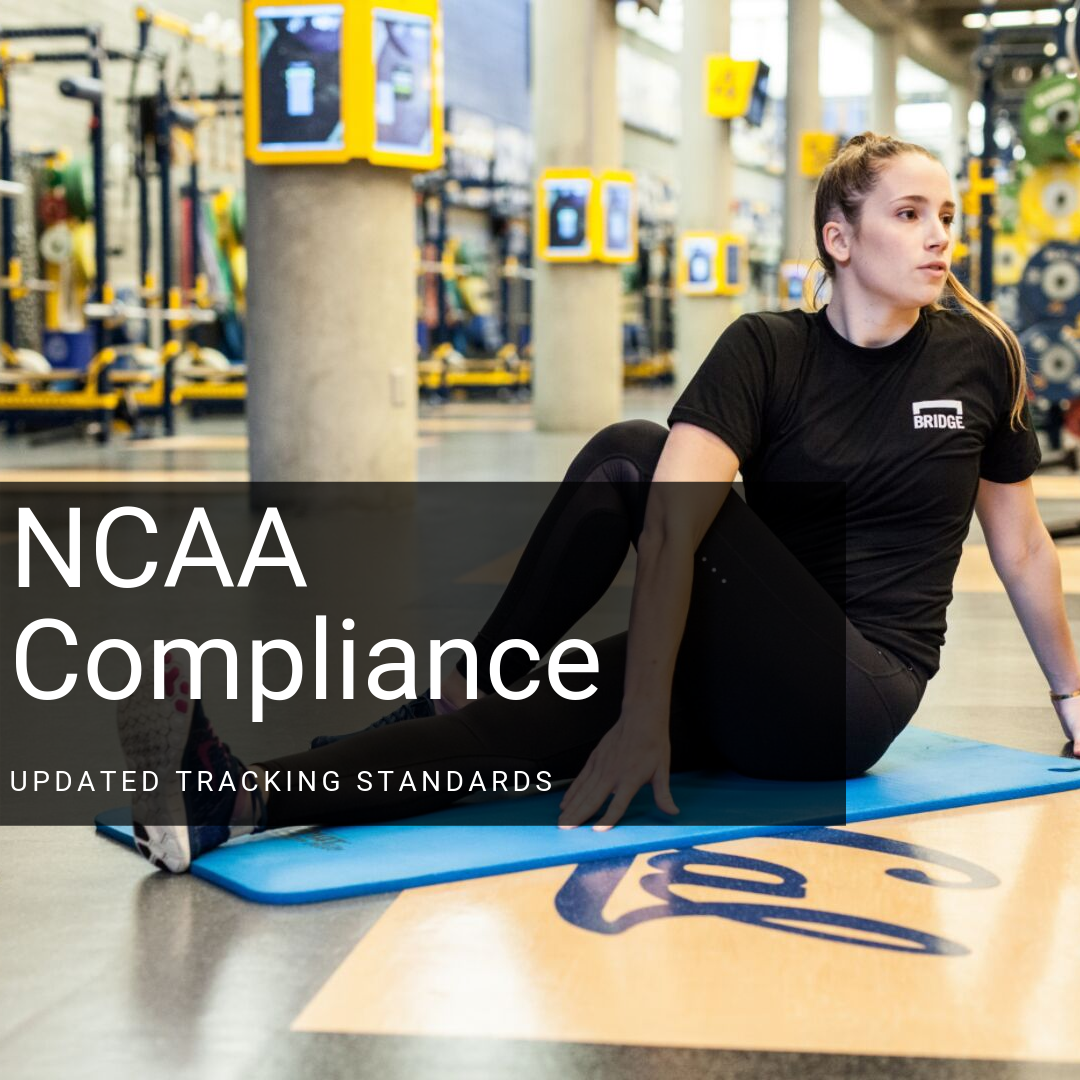
Preparing for the NCAA 2019-2020...
The NCAA guidelines are changing the way you communicate and track athletes. Want to ensure you’re...
How To Handle Conflict at a Gym |...
We all run into conflict, as much as we may try to avoid it. But the way you handle that conflict...

HOW AS ROMA CRAFTED A PERFORMANCE...
Becoming Creative in the Training Center
In part one of our AS Roma breakdown, we explored how...

